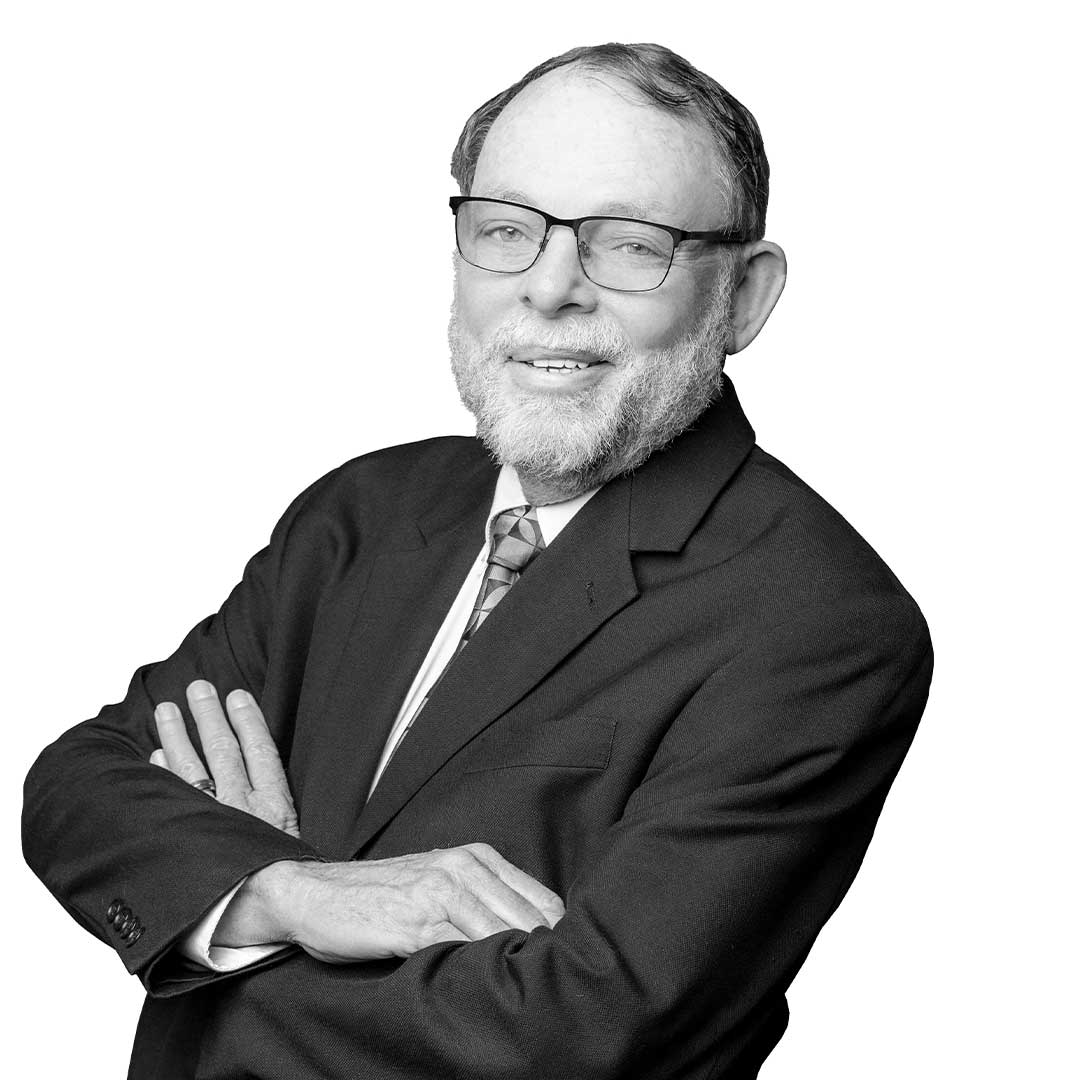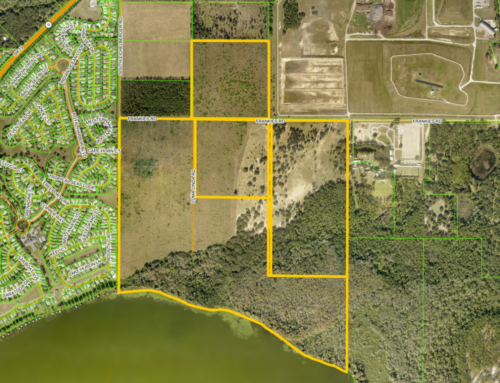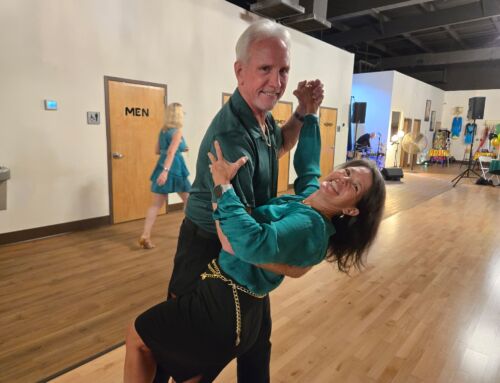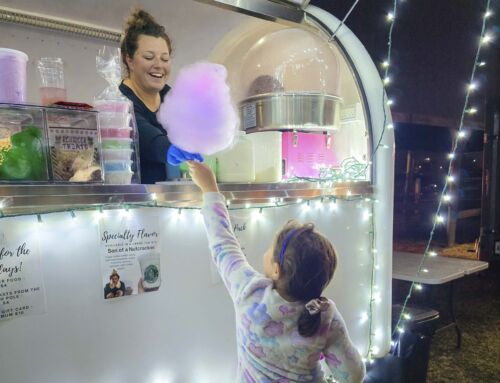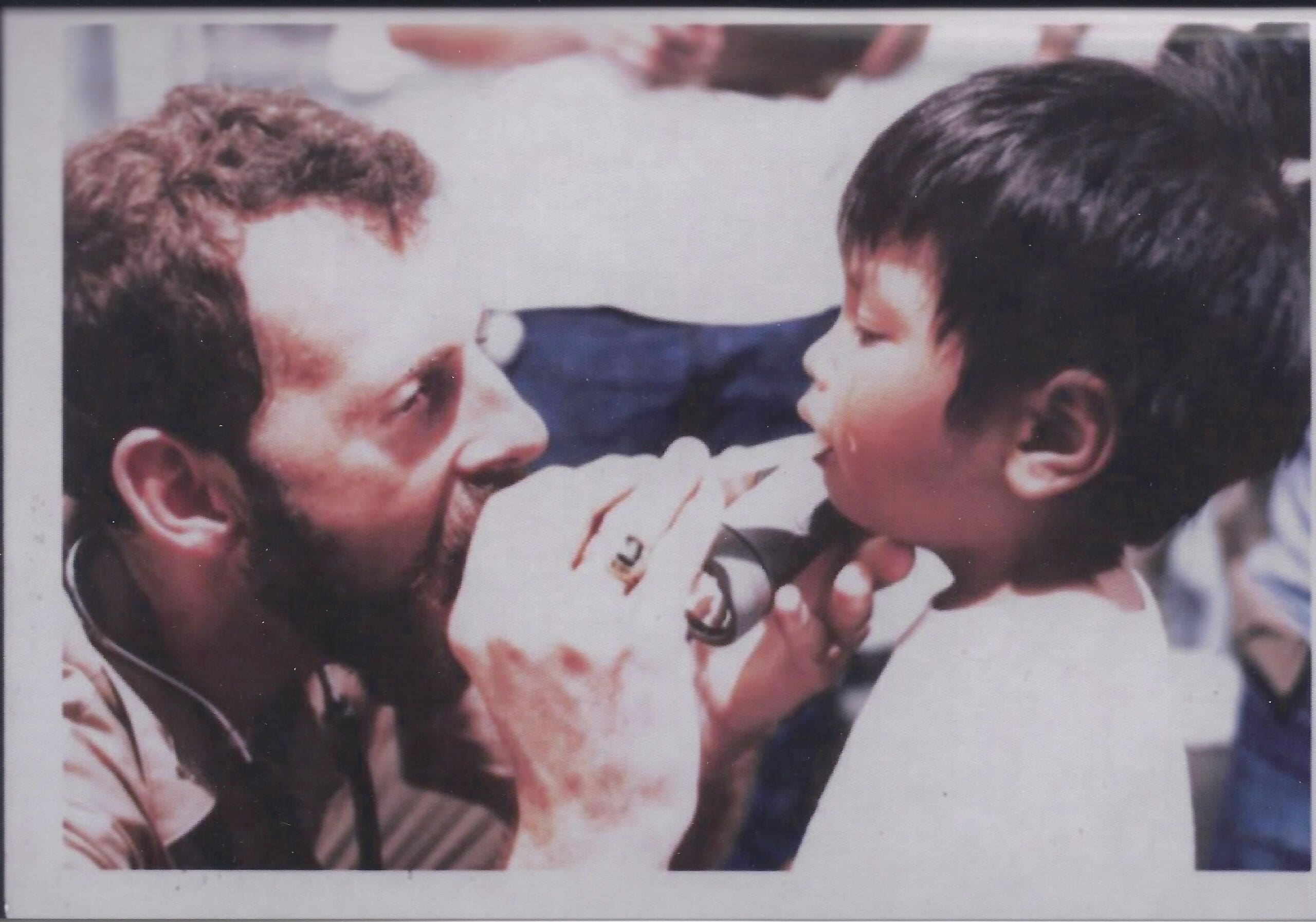
By Frank Stanfield
Local Doctor and Vietnamese Refugee Reconnect After 30 Years

The images stick in your head forever. Boats filled with people desperate to flee North Vietnamese troops, helicopters crash landing, a long line of people climbing a ladder on the roof of the U.S. embassy, hoping against hope for a spot on the last chopper out of Saigon.
The U.S. withdrew its troops in 1973, but April 30, 1975, marked the finale of the war that haunted America and Southeast Asia for decades. This year marked the 50th anniversary.
It did not end the struggle for freedom, however, and it wasn’t just an image on TV four years later, when it brought a young refugee together with a future Tavares doctor.
Dr. Richard Bosshardt, who recently retired from his plastic surgery practice after a long and memorable career, counts among his most precious memories the day he crossed paths with 5-year-old Doan Ha and his family off Thailand. And it would take a miracle during an off-Broadway play for the two to be reunited years later.
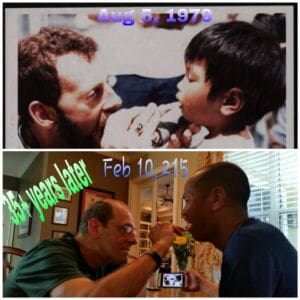
Bosshardt was the only doctor on board the U.S.S. Wabash, a 500-man Navy replenishment ship on Aug. 5, 1979.
President Jimmy Carter had ordered the Navy to rescue refugees still trying to flee the communist regime.
Doan Ha’s father had been a member of the South Vietnamese army, was captured and twice sent to a “re-education camp.” He tried to escape two times. For the third try, his wife said, “We’re going to do it together.”
It would not be easy. If rough seas didn’t kill them, Thai pirates might.
They were crammed onto a fishing boat with several others when the craft ran out of fuel and there was no more food or water.
“You don’t talk about death,” Ha said of a Vietnamese seagoing tradition, “but by the third day I could see we were going to die.”
The refugees started a fire in hopes they might be spotted. A freighter ignored them. Then, they spotted a helicopter.
Soon, sailors from the Wabash sent a boat to bring them ashore.
Someone took pictures, including one of Bosshardt using a tongue depressor to check Ha. “I wondered whatever happened to him,” he said. That photo would later become key to a poignant reunion.
Not everyone was so lucky. One teenager Bosshardt had treated earlier had water in his lungs, and suffered from hyperthermia and other life-threatening injuries. He was the only survivor.
Ha’s family was taken to Subic Bay in the Philippines and later Camp Pendleton, Calif. A relative who worked for Amtrak sponsored them to become U.S. citizens.
Ha’s father earned an associate’s degree and became an auto mechanic. As soon as the six children were old enough to go to school his mother worked in Vietnamese restaurants. Paid under the table and working long hours, she eventually found work as a manicurist.
Ha attended college and became a cardiac stenographer, taking ultrasounds of patients’ hearts. His wife, Lien, is a forensic pathologist. They now live in Chandler, Ariz.
When they were still dating, they attended a performance of the musical “Miss Saigon.” During one of the numbers the producers projected a series of photos on the wall.
Doan Ha was in shock. “That lady looks familiar,” he told her. Even more shocking was the image of the woman with three children.
“I think that’s your mom,” Lien said. While focusing on the picture of the children, he suddenly exclaimed, “That’s me!”
He stayed when the play was over and talked to the conductor, who was stunned to hear the story. He promised to try to get him a copy of the photos when the show came back to San Diego.
Ha would be out of town when the show returned, but the producers presented complimentary tickets to his mother and sisters.
The photos were part of a National Archives collection, he learned, and would not be available to the public for five years.
“Life happened,” he says, but the interest remained. “I wonder if those guys ever think about us?” he said of the Wabash crew.
He tried to locate the photographer, but what he found was a picture of him and Bosshardt. He began searching on Facebook and located the doctor. He sent a private message: “Do you remember me? I’m that kid. I would love to talk to you.”
“He called me back and I said, ‘No way!’”
It had been 30 years by this point, but it was a joyous reunion when the two met up in Orlando.
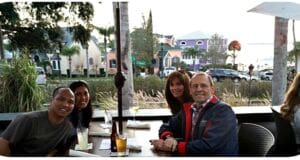
He also found a Facebook page created by the Wabash crew. He contacted the administrator and asked if he could post his story. Not only was it okay, the veteran told him in 2014, but would he be interested in coming to a reunion?”
His family had wanted to throw him a birthday party for his 40th birthday, but this was far better, he says.
Bosshardt thinks about those years sometimes. He likens the war to a theme expressed by author and Hoover Institute Senior Fellow Stephen Kotlin: “You can lose the war but win the peace.”
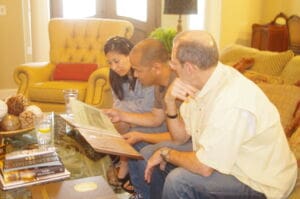
Vietnam is a thriving trading partner with the U.S., and so many of the refugees who emigrated to America have worked hard to claim a piece of the American dream, Bosshardt notes. All five of Ha’s siblings are college graduates.
The current immigration crisis on the U.S. borders troubles Ha.
“It’s a hard line. All the people want is an opportunity. I get it. People need to come in legally. I was able to come in legally. I talk to family members and Vietnamese who want to close the door. But it breaks my heart.”
Frank Stanfield was in college and working at a Jacksonville TV station as a production assistant when Saigon fell. One of his jobs was to time segments from the network for possible use at 11 p.m. But the images were so shocking to the veteran who had two cousins serve in Vietnam, that he forgot to click the stopwatch and had to do it again.
Frank Stanfield has been a journalist for more than 40 years, including as an editor and reporter for the Daily Commercial, Orlando Sentinel and Ocala Star-Banner. He has written three books, “Unbroken: The Dorothy Lewis Story,” “Vampires, Gators and Wackos, A Florida Newspaperman’s Story,” and “Cold Blooded, A True Crime Story of a Murderous Teenage Cult.” He has appeared on numerous national and international broadcasts, including Discovery ID, Oxygen and Court TV. He maintains a blog at frankestanfield.com. Stanfield graduated with a political science degree from the University of North Florida and a master’s in journalism at the University of Georgia.


